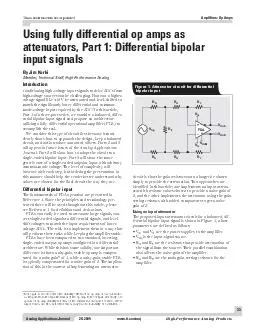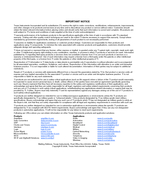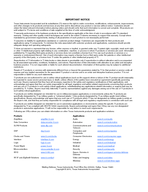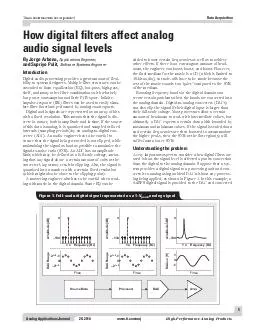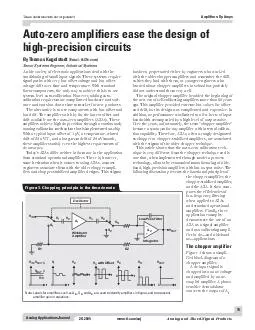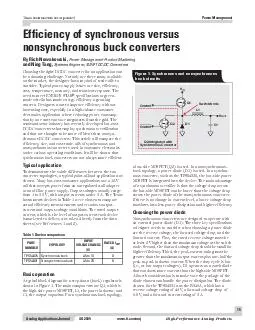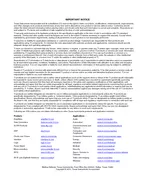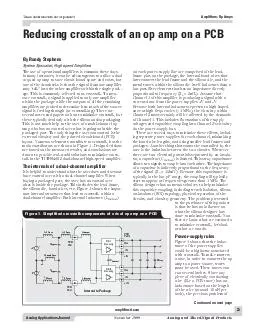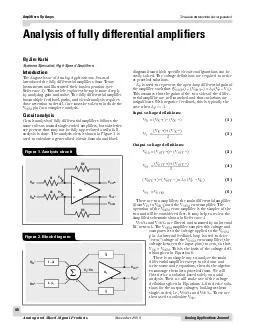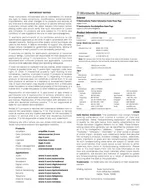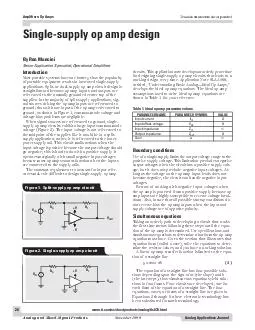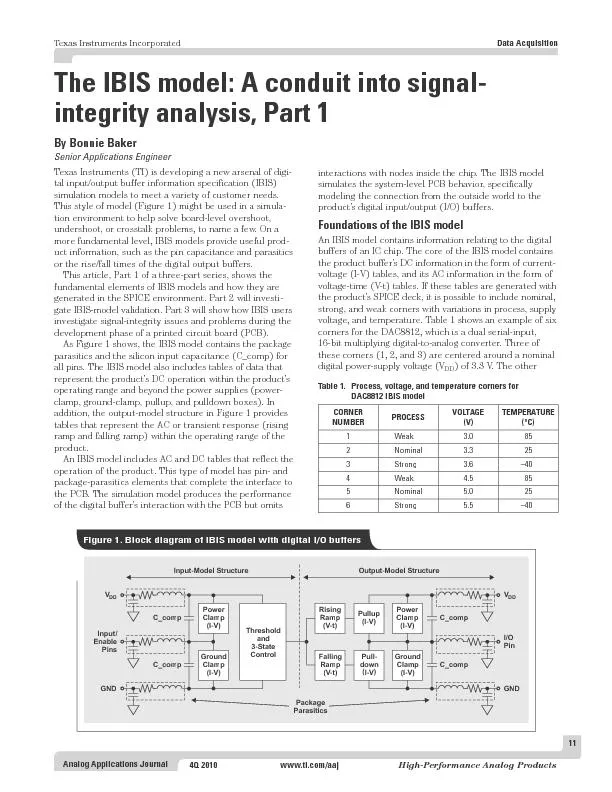PDF-Analog Applications Journal Texas Instruments Incorporated Q www
Author : luanne-stotts | Published Date : 2014-12-24
ticomaaj HighPerformance Analog Products Using fully differential op amps as attenuators Part 1 Differential bipolar input signals Introduction Conditioning highvoltage
Presentation Embed Code
Download Presentation
Download Presentation The PPT/PDF document "Analog Applications Journal Texas Instru..." is the property of its rightful owner. Permission is granted to download and print the materials on this website for personal, non-commercial use only, and to display it on your personal computer provided you do not modify the materials and that you retain all copyright notices contained in the materials. By downloading content from our website, you accept the terms of this agreement.
Analog Applications Journal Texas Instruments Incorporated Q www: Transcript
Download Rules Of Document
"Analog Applications Journal Texas Instruments Incorporated Q www"The content belongs to its owner. You may download and print it for personal use, without modification, and keep all copyright notices. By downloading, you agree to these terms.
Related Documents

